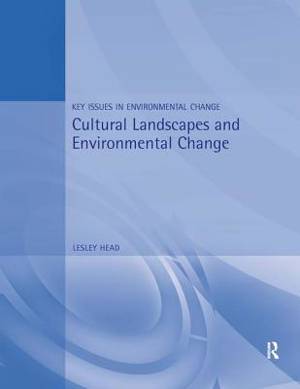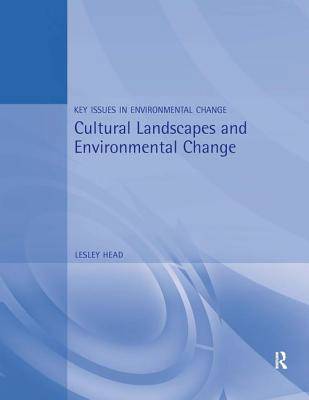
- Retrait gratuit dans votre magasin Club
- 7.000.000 titres dans notre catalogue
- Payer en toute sécurité
- Toujours un magasin près de chez vous
- Retrait gratuit dans votre magasin Club
- 7.000.0000 titres dans notre catalogue
- Payer en toute sécurité
- Toujours un magasin près de chez vous
Description
Cultural landscapes are usually understood within physical geography as those transformed by human action. As human influence on the earth increases, advances in palaeocological reconstruction have also allowed for new interpretations of the evidence for the earliest human impacts on the environment. It is essential that such evidence is examined in the context of modern trends in social sciences and humanities. This stimulating new book argues that convergence of the two approaches can provide a more holistic understanding of long-term physical and human processes.
Split into two major sections, this book attempts to bridge the gap between the sciences and humanities. The first section, provides an analysis of the methodological tools employed in examining processes of environmental change. Empirical research in the fields of palaecology and Quaternary studies is combined with the latest theoretical views of nature and landscape occurring in cultural geography, archaeology and anthropology. The author examines the way in which environmental management decisions are made. The book then moves on to discuss the relevance of this perspective to contemporary issues through a wide variety of international case studies, including World Heritage protection, landscape preservation, indigenous people and cultural tourism.
Spécifications
Parties prenantes
- Auteur(s) :
- Editeur:
Contenu
- Nombre de pages :
- 208
- Langue:
- Anglais
- Collection :
Caractéristiques
- EAN:
- 9780340731147
- Date de parution :
- 31-10-00
- Format:
- Livre broché
- Format numérique:
- Trade paperback (VS)
- Dimensions :
- 189 mm x 246 mm
- Poids :
- 412 g

Les avis
Nous publions uniquement les avis qui respectent les conditions requises. Consultez nos conditions pour les avis.






